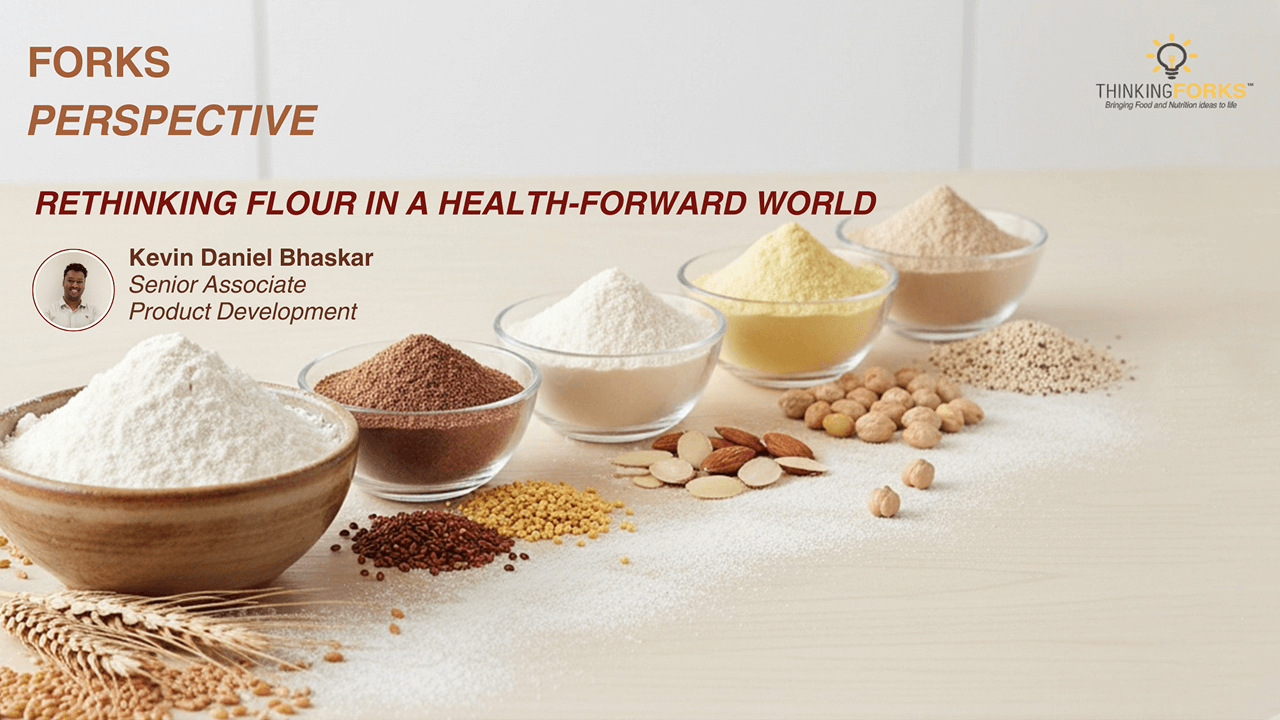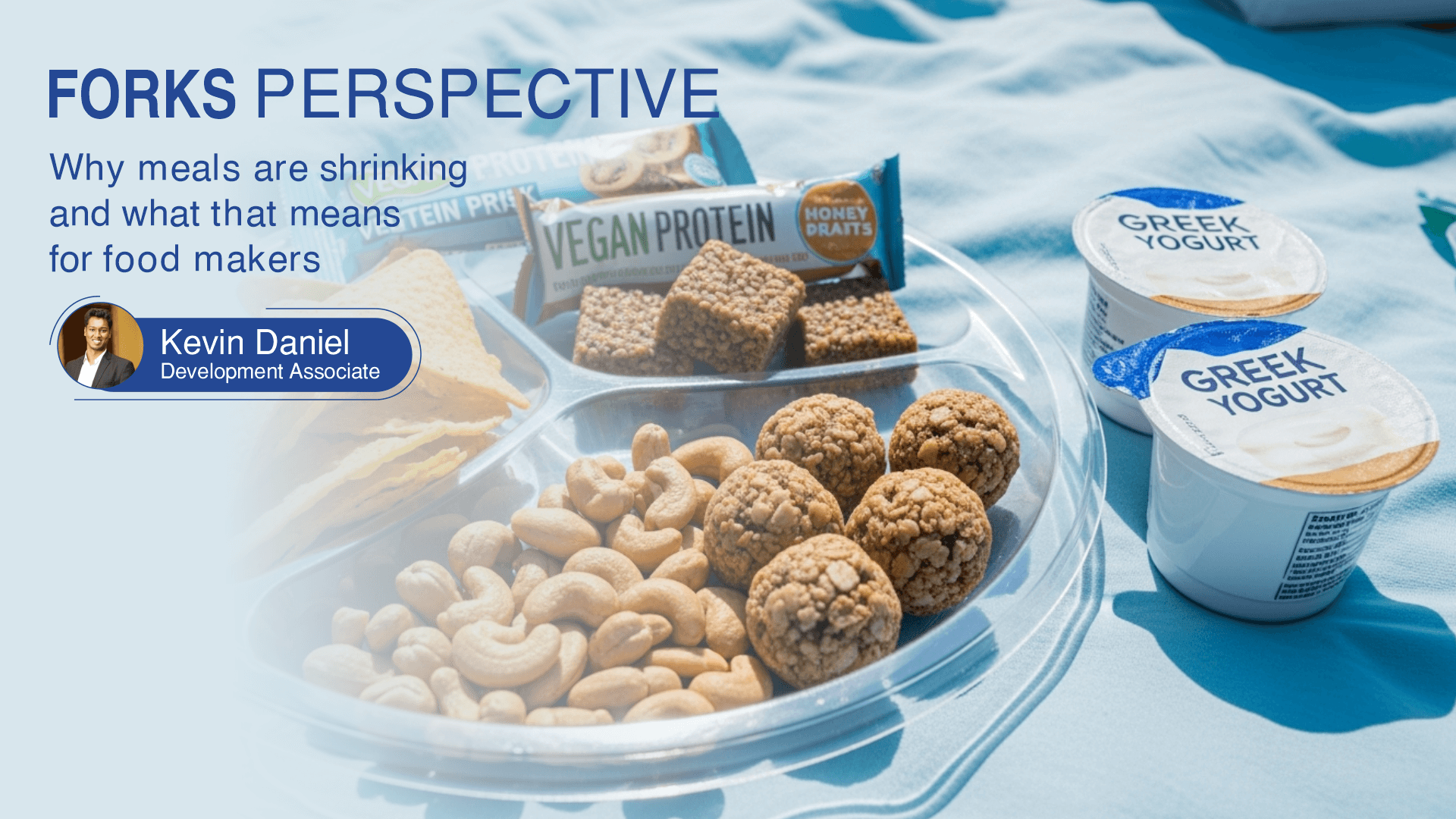As someone who spends a significant amount of time tinkering with doughs, and mixes, I’ve noticed something quietly transformative. The everyday staples we grew up with like refined wheat and polished rice are no longer the default choice. From R&D labs in India to grain processing industries globally, there’s a new wave of curiosity around high-protein, high-fibre flours. Millets, pulses, nuts and ancient grains are all the talk in this trend. In the Indian context, especially, this shift feels both nostalgic and futuristic because we’re going back to traditional ingredients, but with a modern, functional twist.
A few years ago, the “protein” label was something you’d spot mostly on gym shelves. Today, it’s moved into our chapati tins and dosa batters. Several factors are at play : Health and lifestyle changes lead the charge with diabetes, weight management, and gut health being on everyone’s radar, so consumers are looking for flours that deliver slow energy, more fibre, and higher satiety. Millets, chickpea flour, amaranth, and quinoa are naturally richer in protein and dietary fibre, which seem like a clear win compared to refined staples. Dietary preferences also come into play with a higher population having their shopping basket configured around gluten-free and plant-based diets, that are no longer niche. Chickpea, almond, or buckwheat flours fit these spaces perfectly, helping consumers hit protein goals without changing what they eat, just how it’s made. Further, millets are drought-resistant, low-input crops that thrive in Indian soil. Add government backing and you get a product that’s good for both the planet and the palate. Globally, the high-protein flour market is already worth over $14 billion, projected to double by 2030. Urban India is a big contributor to this growth, wherein atta packets now proudly claim “multigrain,” “diabetic-friendly,” or “protein fortified.”
From an R&D and product development lens, however, this shift isn’t as simple as swapping one flour for another. The developer’s dilemma as I’d like to call it, are defined by a series of challenges when you move from traditional wheat to high-protein, high-fibre alternatives. Flours like millet or chickpea absorb water differently. They demand more hydration but form doughs that don’t behave like wheat which leaves us with a stickier, less elastic, sometimes crumbly dough. Gluten gives wheat dough its stretch; without it, we’re relying on the right hydration, resting time, and sometimes binders. Next, these flours bring personality through earthy, nutty and beany notes that consumers either love or reject instantly. Through our internal sensory lens at Thinking Forks, we know that the inclusion level can shift consumer perception of what’s “normal”. Another cherry to this cake is that millet and pulse flours often oxidize faster because of their natural oils. They can cake during milling or need specialized packs. In short: the “healthy” version is not always the easiest to scale. Yet, that’s always the fun part of product development where we’re figuring out how to make the better-for-you version better tasting too.
What we’re seeing isn’t a fad but quiet redesign of everyday food systems. The protein-fibre conversation is moving from supplements to staples. In India, this can be both, a challenge and an opportunity to help brands build products that are nutritionally stronger and sensory-friendly. From fine-tuning dough behaviour to consumer acceptance, the work sits at the intersection of science, habit, and innovation. Because the future of “better-for-you” food in India isn’t built in isolation from taste but from reimagining the familiar one – high-fibre, high-protein flour at a time.




